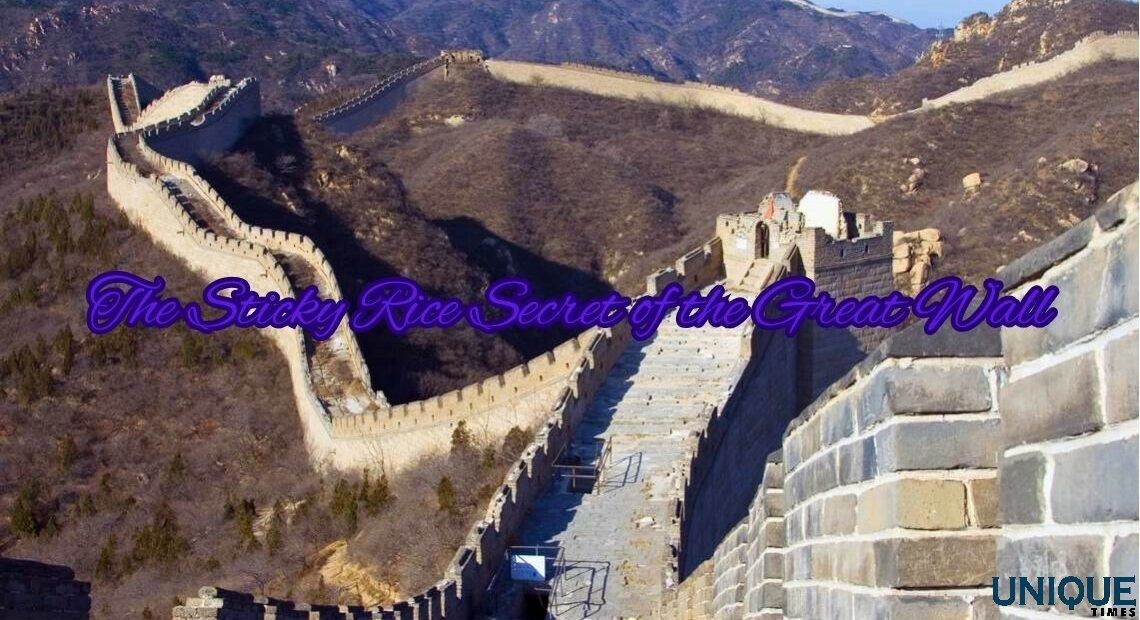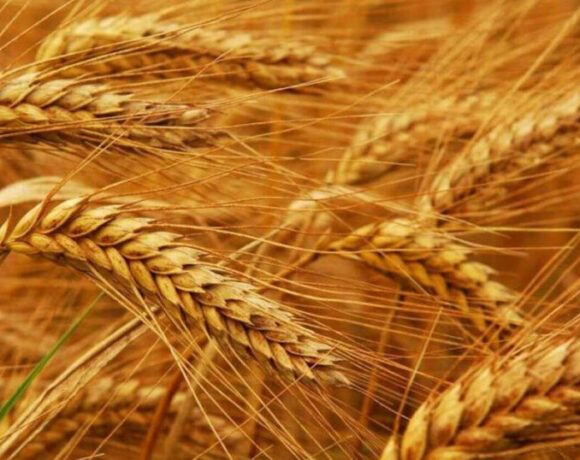Sticky Rice: The Unusual Ingredient Holding Together the Great Wall of China

The Great Wall of China, a marvel of ancient engineering and a UNESCO World Heritage site, has long been shrouded in mystery and wonder. While we often associate its construction with massive stone bricks and labor-intensive efforts, there’s an astonishing secret ingredient that played a crucial role in its durability: sticky rice. In this blog post, we’ll explore the fascinating connection between this ancient building technique and one of the most common foods in Chinese cuisine.
Sticky Rice and Its Remarkable Binding Properties:
Sticky rice, also known as glutinous rice or sweet rice, has been a staple in Chinese cuisine for centuries. It gets its distinctive stickiness from a high amylopectin content, a type of starch that creates a glue-like effect when the rice is cooked. This unique characteristic didn’t escape the attention of ancient Chinese builders.
The Use of Sticky Rice Mortar:
Traditional Chinese construction methods often involved using a mortar mixture to bind building materials together. In the case of the Great Wall, this mortar was enhanced with the addition of sticky rice. When the rice was cooked and mixed with slaked lime, the result was a remarkably durable and adhesive material.
Benefits of Sticky Rice in Construction:
- Durability: Sticky rice mortar has stood the test of time, with some sections of the Great Wall still standing strong after centuries of exposure to the elements.
- Flexibility: The sticky rice mortar was not only robust but also had a degree of flexibility. This allowed the Great Wall to withstand earthquakes and other natural forces.
- Resistance to Moisture: Sticky rice mortar exhibited excellent resistance to moisture, helping protect the wall from rain and humidity.
- Sustainable Building: Using sticky rice was an early example of sustainable construction, as it reduced the need for quarrying and the environmental impact associated with stone extraction.
Legacy and Modern Research:
Today, the use of sticky rice in ancient Chinese construction is a subject of fascination and ongoing research. Scientists and archaeologists are still studying the unique properties of this mortar and seeking ways to adapt it for contemporary construction practices.
Conclusion:
The Great Wall of China’s durability owes a debt of gratitude to the unassuming sticky rice. This remarkable building technique, which ingeniously employed an everyday staple of Chinese cuisine, continues to inspire admiration and awe. The Great Wall stands not only as a testament to ancient engineering prowess but also as a reminder of the ingenious ways in which humans have harnessed nature’s resources to create enduring marvels.








